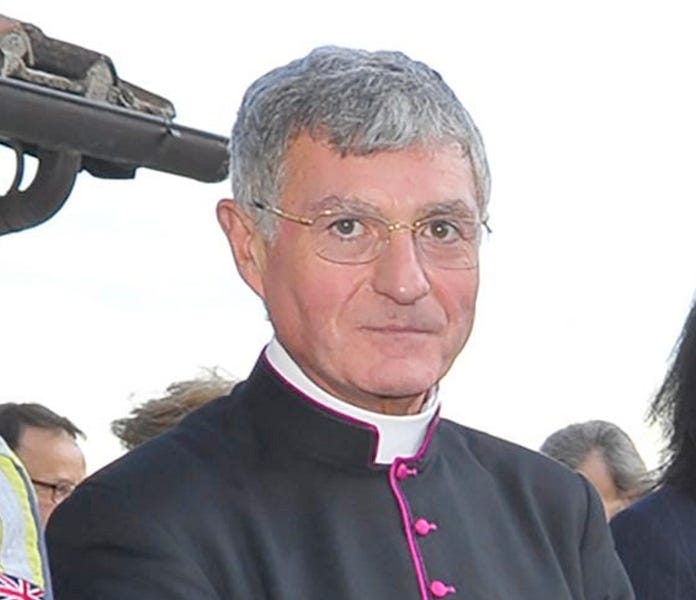Vatileaks convict helped me with evidence, Perlasca tells court
The star witness in the Vatican financial trial has told judges he was unwittingly encouraged to cooperate with prosecutors by the woman convicted in the last major Vatican trial.

The star witness in the Vatican financial trial told judges Wednesday that he was unwittingly encouraged to cooperate with prosecutors by the woman at the center of the last major Vatican trial.
Msgr. Alberto Perlasca, who once led the Secretariat of State’s administrative office, told the court Nov. 30 that he decided to blow the whistle on his former V…
